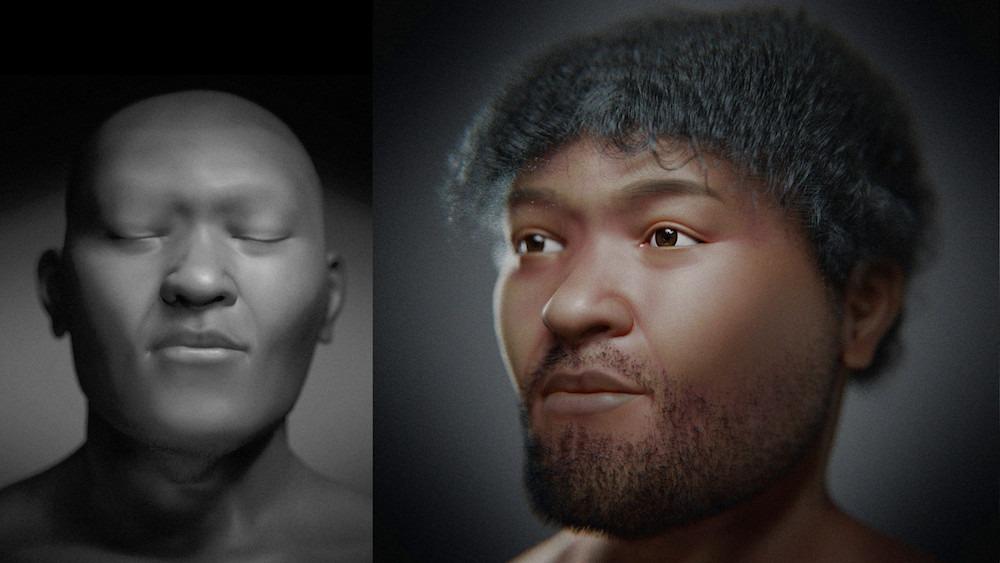Scientists have used photogrammetry to create two facial reconstructions of an ancient Egyptian man who lived 30,000 years ago. This facial reconstruction of the oldest human discovered could provide insight into the evolution of humans.
The man’s skeletal remains were found at the Nazlet Khater 2 archaeological site in the Nile Valley in 1980. The remains are the oldest ever discovered in Egypt and among the oldest in the world. Anthropological analysis showed that the man, who had African roots, was between 17 and 29 years old and approximately five feet, three inches tall, when he died. Although the man was buried with a stone ax, little is known about him.
A group of Brazilian specialists recently performed a facial reconstruction of the man using dozens of digital shots of his skeleton. Moacir Santos, an archaeologist from the Brazil Ciro Flamarion Cardoso Archaeology Museum, noted that the majority of the skeleton was preserved despite the absence of some bones.
The researchers observed that the skull’s jaw differed from those of present-day humans, and a portion of the skull was also missing, so they had to copy and mirror the skull using data from CT scans of living donors.
Using photogrammetry, the researchers created two 3D facial approximations of the ancient Egyptian. The first image was a grayscale depiction with neutrally closed eyes, while the second one showed a man with dark hair and a cleaned beard.
Santos believes that these facial reconstructions can help bridge the gap between present-day humans and those from prehistoric periods and could provide archaeologists with a better understanding of human evolution.
The facial reconstruction of the oldest human discovered provides a glimpse into the appearance of prehistoric humans and could offer insight into the evolution of humans. By using photogrammetry and creating 3D facial approximations, scientists can help bridge the gap between present-day humans and those from prehistoric periods, giving archaeologists a better understanding of our ancestors.

